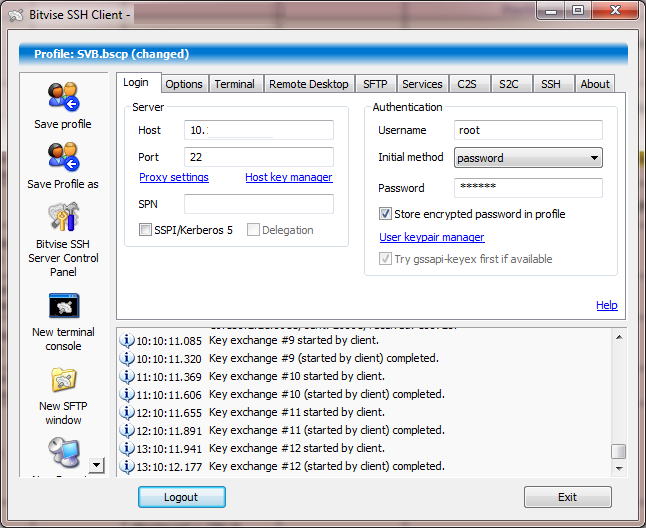
You can tunnel multiple ports if you like however, all require that the PuTTY secure shell connection stays active for data to pass over the tunnel to the remote server. The Proxy type radio buttons allow you to configure what type of proxy you want PuTTY to use for its network connections.
You should get the remote sign on screen of the system you are tunneling to. Configure a new connection and use the parameters below:Ĭlick on Communications, and connect. The ability to connect to an SSH server 'A' by first making an SSH connection to an intermediate server 'B' (sometimes called a 'bastion' or 'jump host'), and using that connection to. priority: medium: This should be fixed one day. After you are signed in, you must leave this window open to keep your tunnel active. class: wish: This is a request for an enhancement. Now you can launch your session and sign in to the secure shell. In the left pane, click on Session to bring up the following window. Select both Local ports accept connections from other hosts and Remote ports do the same.Ĭlick the Add button to place your tunnel configuration in the Forwarded ports window. localhost:23 will get you a Telnet connection. The Destination is the connection on your remote SSH machine. In the Port forwarding section, the Source Port is the source TCP/IP address you want assigned to your local host connection. Do not save this yet we have to configure the ports for tunneling.Ĭlick on the path to reach Tunnels ( Connection > SSH >Tunnels): Type the name you wish to use for the saved connection. Open PuTTY.EXE, configure your host name, and select SSH for port.

To configure a PuTTY session for tunneling Telnet traffic, do the following:


 0 kommentar(er)
0 kommentar(er)
